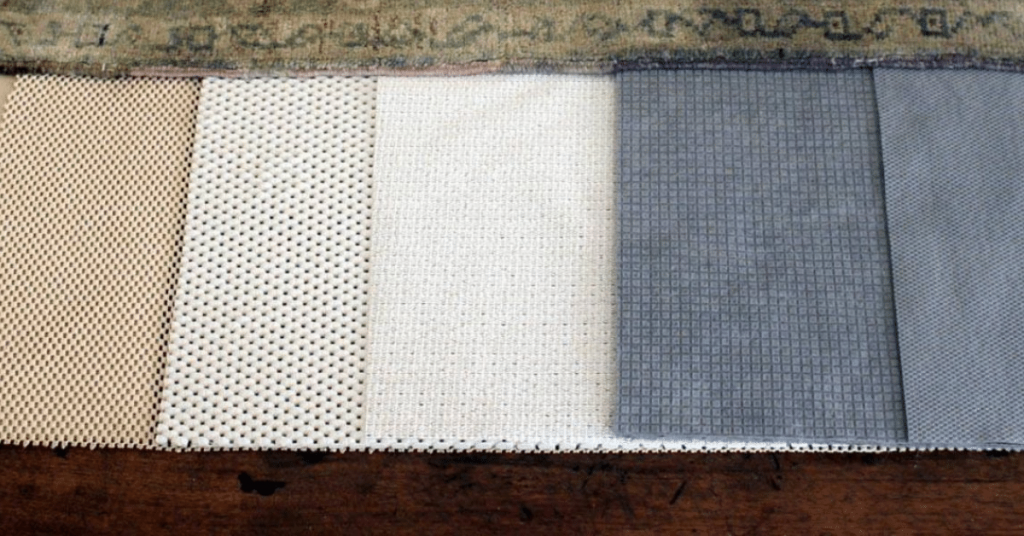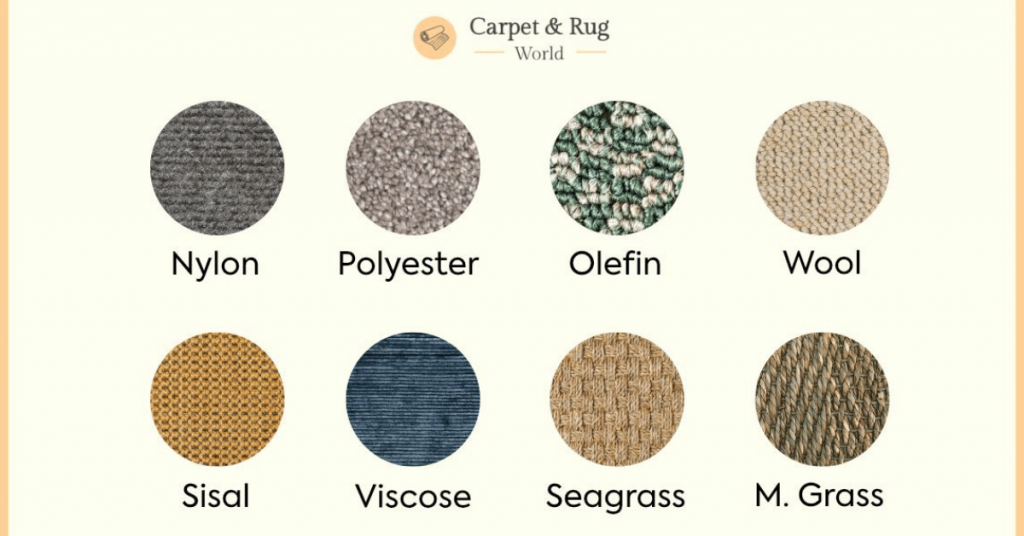Carpets have become a major part of our homes because of the many benefits that they bring (warmth, wall-to-wall softness, aesthetics, etc.). The only problem is… they can be quite expensive. Which is why you’re probably wondering if carpets can be pulled up and reinstalled?
Yes, carpets can be pulled up and re-installed. But it’s not as easy as many people might think. Carpets are bulky and heavy, you also have to take care of the padding, make sure that the different pieces are attached properly, learn how to cout the carpet to size and map a room, etc. In this post we’re goint to talk about all those issues and other things!

But before you do, you might also be interested in checking out some of our following posts. They might help you understand better what installing (and buying) a carpet truly is about:
Carpet Padding Buying Guide: Everything in 1 HUGE Guide.
Padding is a huge part of buying a carpet. But it’s not easy to understand and many salespeople make it hard on purpose. This Ultimate Guide covers everything you need to make a buying decision.
9 Carpet Materials and How to Choose the Right One for You
If you’re about to buy a carpet you need to know about the different fiber materials. They all have their pros and cons, so read this to choose wisely!
5 Things to Know Before You Pull
The first thing that comes to mind will be to rip it out, right on the spot so you no longer have to behold its now-awful sight. Nevertheless, there are few factors you need to consider about what carpet removal and replacement entail.
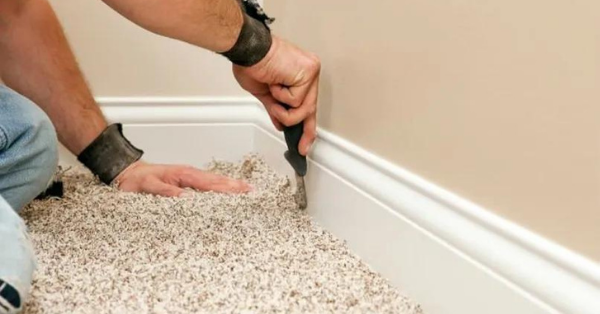
1. Not a Walk in the Park
The task of removing a carpet isn’t just about pulling it out and throwing it into the trash. Carpets are quite big, bulky, and heavy which makes pulling it up alone a herculean task.
The fact that your carpet is attached to the floor with tack strips along the edges of the wall means that you have to be extra careful. They are stapled to narrow wooden strips covered in hundreds of sharp nails that have been positioned to keep the carpet in place.
After managing to pry the carpet from the tacks, you are still required to pry the tack strips from the floor before removing the carpet pad.
The installation of carpet padding -or pad as fondly called-is usually done using either glue or staples; if yours was installed using glue, then scraping off the old glue is another task you won’t escape.
If you do not intend to reuse the carpet, cutting it up into smaller sections with a utility knife will help make moving it quite easier. The best way to cut your carpet is to cut it from the back but ensure you do this wearing work gloves to protect your hands.
All you have to do is to fold one section over to reveal the back then slice through the woven backing using a utility knife. When your carpet is cut and moved out in smaller sections, you are now done with the first step.
If you intend to pull up your carpet just to inspect your subfloor for problems like a creaking floorboard or a crack in the concrete floor, cutting out the section of carpet above the affected area may be all you need to do.
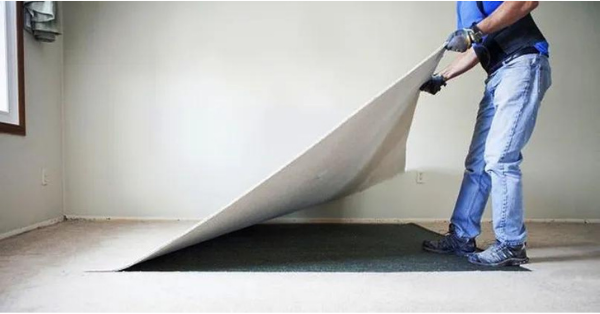
However, reattachment of the carpet to the floor may require the use of specialized tools so that the carpet won’t be loose as a carpet will easily trip people is it wasn’t properly stretched.
Skimming through carpet samples in a magazine or at the local flooring shop may present to you a variety of options to choose from but to find the right carpet that fits your immediate need and lifestyle, it involves more than picking a color.
Skimming through carpet samples in a magazine or at the local flooring shop may present to you a variety of options to choose from but to find the right carpet that fits your immediate need and lifestyle, it involves more than picking a color.
It is also important to note that the right padding isn’t always dependent on the height of the pile. Some of the thinnest paddings are more durable than even some thick ones.
Most homeowners in a bid to save money -by installing their carpets on their own- usually buy high-end carpets then install cheaper padding beneath it. Unfortunately, these cheap paddings lose their spring very quickly thereafter causing more wear on the carpet.
Consulting with a professional or home service representative can help you select the right carpet and padding suitable for your budget, lifestyle, and needs.
Everyone has their own carpeting needs. People with pets in their homes may need to get a carpet padding with antimicrobial properties so that they won’t be so bothered by their mess and a smelly carpet.
PRO TIP
TAKE NOTE
The various carpets feel differently underfoot, so you may need to consider that when you decide to pick a carpet to install on your own.–>
2. Science of Carpet Measurement
Carpeting isn’t as easy as going to a store with your room’s square footage. Even though that may the first thing to do but you also need to consider the number of rolls of carpet it will take to cover your floor with the least number of seams.
Since carpets are available in a given width, more than one piece of carpet is usually required to cover large floors. If you decide to install your carpet yourself, you may need to play around a little to determine the best carpet arrangement that will create the fewest seams.
A precise measurement may be important but adding a little extra carpet for installation error is also needed. You will also need to remember that carpeting is directional while installing the pieces of purchased carpet.
This means that the pieces of carpet must be installed in the same direction so that the pile may appear continuous rather than making the seams obvious.
More so, installing carpets in a pattern requires that figure out the number of additional carpet pieces that may be required to create a perfect mix without causing a break in the pattern.
An expert will save you the stress of this number crunching and ensure accuracy during your carpet installation.
3. Unpleasant Seams
Ensuring that seams are unnoticeable during installation is the most difficult part of laying a new carpet. If the pieces are not attached properly, you will be left with several obvious seams sandwiched between them.
Aside from the fact that improper seams stick out; they are also weak areas in flooring as the carpeting is most likely to fall apart at seams; an unpleasant sight on your once beautiful floor.
The use of specialized tools is required to do an expert job in installing a new carpet that is not readily available to the average homeowners.
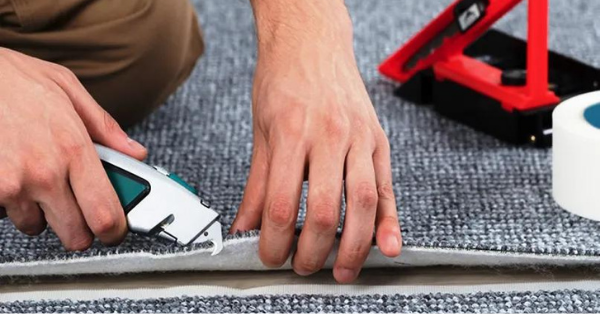
Some of them include the carpet seaming knife for perfectly cutting straight edges and the heated carpet irons that are used to bond adjacent pieces of carpet for a perfect look.
4. Carpet-Cutting Troubles
It is often rare that a room will be a box with four perfectly straight walls. Most times, you will find bow windows or wavy walls that create awkward floor spaces, and other times, it will be built-ins that leave a protrusion into the room.
Skill is required in cutting carpets to fit but cutting it alone isn’t the only complicated part of carpet installation. A carpet must be adequately stretched during installation for it to have a professional look.
Aside from the professional look that comes with a well-stretched carpet, it also helps to prevent home hazards like tripping and falling. When a carpet is loose, it will soon develop bumps and wrinkles which could be a set up for a bad fall.
Power stretchers and knee kickers are used in stretching a carpet but they may not be readily available to the average homeowner. Even the ones who are lucky enough to find them do not know how to use them properly to get the best result.
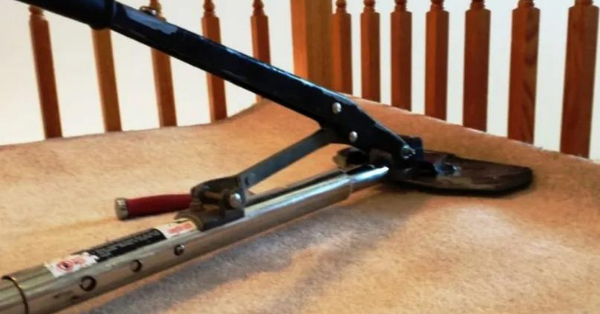
Carpet stretching is very important and you can find out some of the benefits in this post here: Is Carpet Stretching Worth it?
Conclusion
The best carpets to buy are carpets made from natural, renewable materials like wool, sisal, jute, and seagrass. Aside from the fact that they are renewable materials, they are also very durable.
Whenever you decide to remove your old carpet, recycling carpet is the best thing to do.
If you will like to get it done professionally and save yourself the hassles, reach out to our experts by clicking (here)

